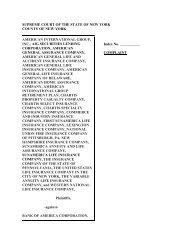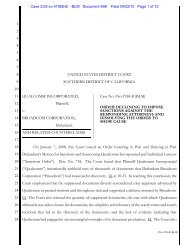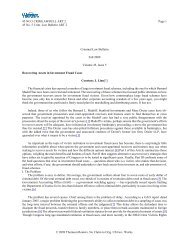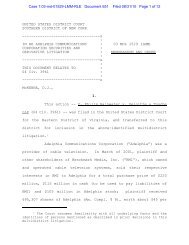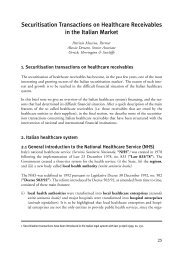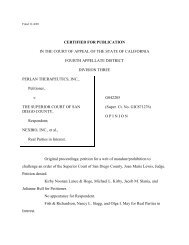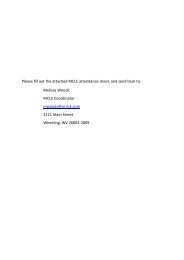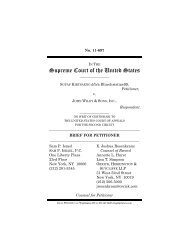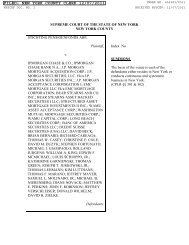Public Charter Schools Borrowing With Tax-Exempt Bonds, Second ...
Public Charter Schools Borrowing With Tax-Exempt Bonds, Second ...
Public Charter Schools Borrowing With Tax-Exempt Bonds, Second ...
You also want an ePaper? Increase the reach of your titles
YUMPU automatically turns print PDFs into web optimized ePapers that Google loves.
Thus, although it is somewhat counterintuitive, available funds may be better<br />
held and invested while tax-exempt borrowing is used to finance facilities.<br />
C. Comparison to Governmental Financing Programs<br />
Several states and local government agencies have developed public charter school<br />
facilities financing programs to address the dire need in the marketplace. 7 Such<br />
programs offer facilities financing at no cost (through grants) or at very low interest<br />
rates (through a variety of loan or guarantee programs). By necessity of public policy,<br />
these programs tend to involve a variety of eligibility requirements, competitive<br />
access, lengthy and sometimes costly procurement procedures, public bidding rules,<br />
and rigorous ongoing compliance provisions. In particular, many programs mandate<br />
governmental ownership of the financed facilities. By comparison, public charter<br />
schools that use tax-exempt bonds retain ownership of the financed facilities and<br />
thereby exercise control over the design and future use of such facilities, as<br />
well as, in most cases, the ability to leverage the asset to finance expansion or future<br />
renovations. Further, tax-exempt bond financings generally involve less restrictive<br />
qualifications (such as site location and design) as compared with governmental<br />
grant or loan programs.<br />
Governmental grant and loan programs may also involve significantly greater<br />
periods of time to access funding. As described in more detail in Chapter 11,<br />
“Steps to Issuing the <strong>Bonds</strong>,” a typical bond financing schedule ranges from 90–120<br />
days (absent unexpected complications). A governmental grant or loan program,<br />
however, may involve a year or more from application to receipt of funds. Moreover,<br />
governmental funding may be subject budgetary constraints on apportionments or<br />
to other problems affecting the funding source, independent<br />
of the applicant’s eligibility.<br />
The only limitation on the size of a public charter school’s borrowing with<br />
tax-exempt bonds is the school’s ability to pay. If a public charter school can meet<br />
the debt service obligation, a project generally can be fully funded (that is, 100%<br />
debt-financed) with tax-exempt bonds. By contrast, regardless of a public charter<br />
school’s ability to pay, few governmental charter facilities financing programs<br />
provide all of the funding needed to cover the cost of a project. Those that do may<br />
be in high demand and only accessible through a competitive process. Instead, many<br />
programs provide partial funding (to spread resources among a greater number of<br />
<strong>Public</strong> <strong>Charter</strong> <strong>Schools</strong> <strong>Borrowing</strong> <strong>With</strong> <strong>Tax</strong>-<strong>Exempt</strong> <strong>Bonds</strong>, <strong>Second</strong> Edition 7



